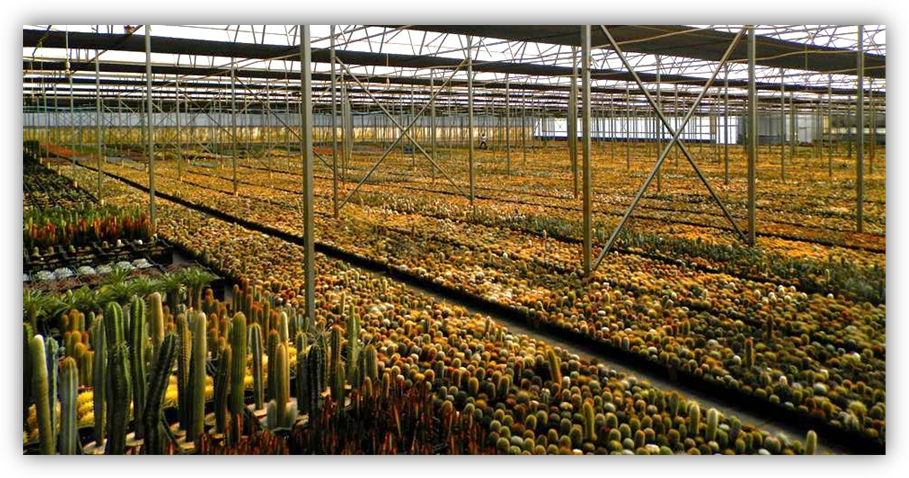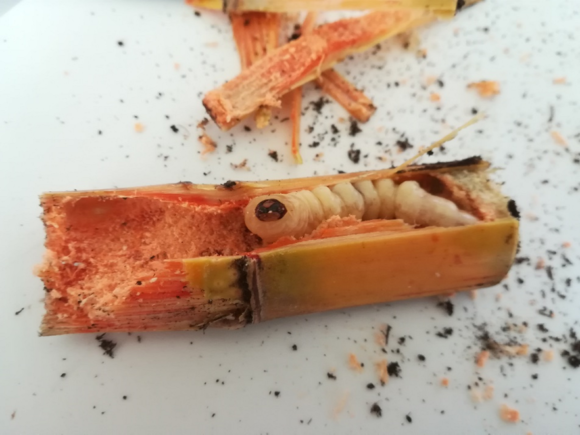
Cactus plants are a familiar sight in many gardens and nurseries throughout South Africa. However, native to North and South America, these plants are becoming serious invaders across South Africa. In 1976, 12 species were reported as invasive, now, already 34 species are considered problematic. They all share certain characteristics which include heavy fruiting, vegetative reproduction, spines, good dispersal mechanisms and a lack of natural enemies because of their taxonomic isolation. In response to this threat, in June 2012, a national Cactus Working Group (CWG) was called into action to develop a strategy for the control of invasive cacti.
The latest draft of the National Environmental Management: Biodiversity Act (NEMBA) Invasive Alien Species List, published on 12 February 2014, listed the entire Cactaceae family as Category 1b. Invaders in Category 1b are described as: plants that must be removed and destroyed immediately, no trade in these plants are permitted, and requires compulsory control. However, this statement cannot be justified or defended based on scientific evidence, since more information on the invasion risk of each species, is needed.
A current study by C·I·B post-doctoral fellow, Dr Ana Novoa, supports the development of the strategy, by looking at the identification of cactus species through genetic sequencing. According to Dr Novoa the study will be of great interest to the development of the strategy, as one of the challenges faced by the CWG lies with the identification of species: “Seeds of about 300 cactus species arrive in South Africa every year. Most of them pose little or no risk of becoming invasive. We first need to be able to identify which species are entering our borders.”
In addition, Dr Novoa proposes 8 new criterions to legislate cactus species in South Africa based on scientific data and evidence of risk. The CWG will convene in October 2014, for another workshop involving all the stakeholders in the decision-making process.


